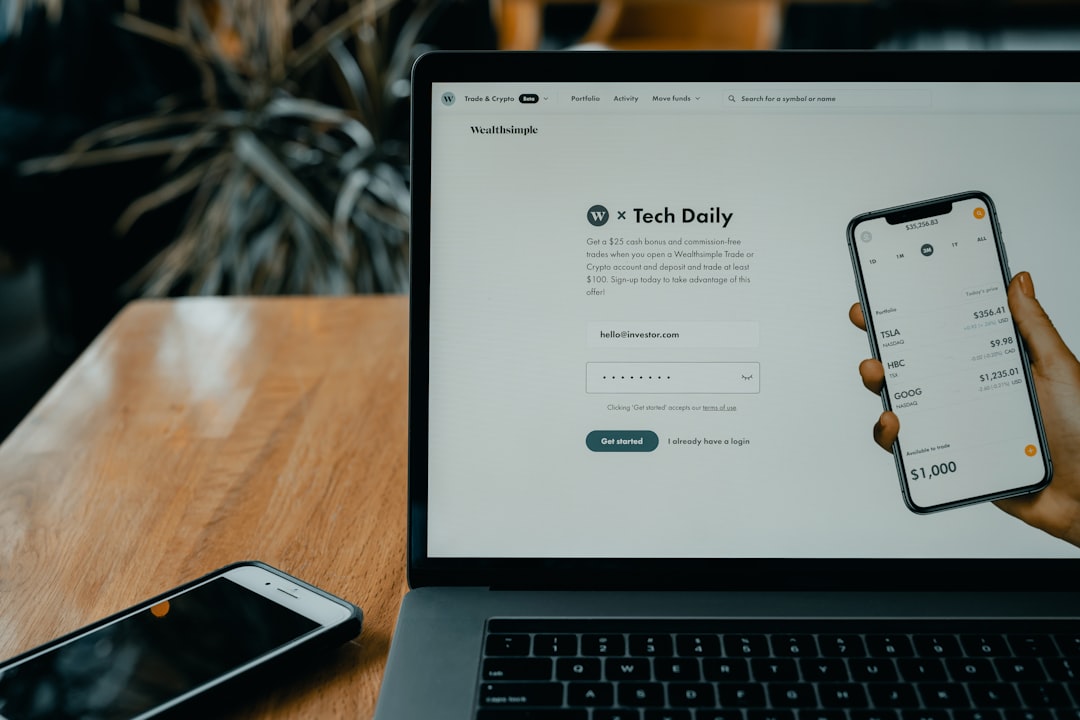
The Impact of Globalization on Economic Businesses
# The Impact of Globalization on Economic Businesses. ## Introduction. Globalization has transformed the landscape of economic businesses over the past few decades. As the world becomes more interconnected, the influence of globalization can be observed in various aspects of economies across the globe. This blog post explores how globalization impacts economic businesses, emphasizing both opportunities and challenges that arise in this dynamic environment. ## Understanding Globalization and Its Economic Significance. Globalization refers to the increasing interdependence of national economies through trade, investment, and information technology. This phenomenon allows businesses to operate beyond their domestic markets, leading to a more competitive global marketplace. By entering foreign markets, businesses can enhance their growth prospects, access a wider customer base, and diversify their operations. The significance of globalization lies in its ability to foster economic development. According to numerous studies, countries engaged in global trade experience higher growth rates, with greater access to resources, technology, and investment. As businesses adapt to global trends, they innovate, leading to increased productivity and economic efficiency, which ultimately benefits consumers. ## Opportunities Presented by Globalization for Economic Businesses. One of the primary benefits of globalization is the opportunity for businesses to expand their reach. With the use of e-commerce and the internet, even small enterprises can sell products and services internationally. Companies like Amazon and Alibaba exemplify how businesses can leverage platforms to access global markets effortlessly. Additionally, globalization drives market competition, encouraging businesses to improve their products and services continuously. It allows firms to access cheaper raw materials and labor, maximizing profit margins. Companies can also gain insights into international consumer preferences and trends, which can inform product development strategies. Moreover, globalization facilitates knowledge transfer, whereby innovative ideas and technologies can be shared across borders. This fosters collaboration between firms and enhances overall productivity, as businesses adopt best practices from different parts of the world. ## Challenges Faced by Businesses in a Globalized Economy. While globalization presents numerous opportunities, it also introduces significant challenges. Increased competition from foreign firms can pose a threat to local businesses, especially in developing economies. Companies may struggle to compete on price and quality against global giants that enjoy economies of scale. Additionally, globalization can result in job displacement as companies relocate operations to countries with lower labor costs. This can lead to social unrest and economic disparity within regions that are impacted by such decisions. It becomes essential for businesses to ensure that they provide adequate support and retraining for displaced workers. Furthermore, globalization exposes businesses to risks related to political instability and changing regulations in foreign markets. Companies must remain agile and adaptable to navigate these uncertainties effectively. Compliance with international trade laws, tariffs, and trade agreements is crucial to avoid potential legal issues that could disrupt business operations. ## The Role of Technology in Globalizing Economic Businesses. Technology plays an instrumental role in driving globalization within economic businesses. Advances in communication technology, such as video conferencing and instant messaging, enable firms to collaborate seamlessly across borders. Digital marketing tools allow companies to reach targeted audiences worldwide, enhancing their brand visibility. Automation and artificial intelligence influence productivity, allowing businesses to streamline operations and reduce costs. E-commerce platforms, mobile applications, and digital payment solutions create new channels for international trade, making it easier for businesses to operate globally. Moreover, technology facilitates data collection and analysis, granting businesses valuable insights into consumer behavior and market trends. This data-driven approach informs strategic decision-making and enhances competitiveness in the global market. ## Conclusion. The impact of globalization on economic businesses is multifaceted, offering a mix of opportunities and challenges. To thrive in a globalized economy, businesses must adopt innovative strategies that leverage technology while remaining adaptable to changing market dynamics. As companies navigate this complex landscape, the emphasis should be on collaborative efforts and sustainable practices that foster economic growth while mitigating negative impacts. By understanding the nuances of globalization, businesses can strategically position themselves for success in the ever-evolving global market. ### Images Search Tag. Globalization impact on economic businesses trends. .







